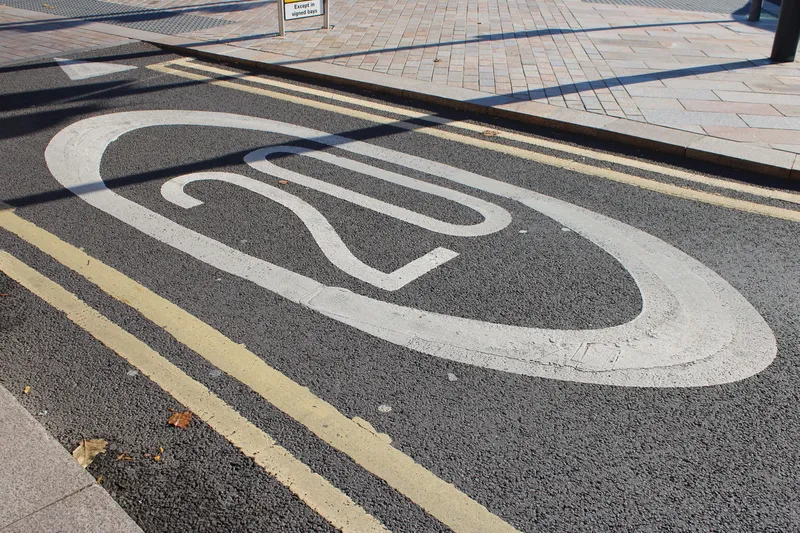
The 20mph default speed limit in built-up areas of Wales, introduced in September last year, has led to a fall in drivers' speed, according to Transport for Wales.
Data over the first three months shows 'weighted mean' speeds (that is, average speeds when differences for traffic volumes are taken into account) on a sample of main restricted roads in Wales dropped by an average of 4mph: 24.8mph instead of 28.9mph.
While there has been opposition to the limit, Transport for Wales says it expected this behaviour change from drivers.
A Task Force Group report said in 2020: “There is overwhelming evidence that lower speeds result in fewer collisions and a reduced severity of injuries; and consistent evidence that casualties are reduced when 20mph limits are introduced. It should be noted that these benefits are achieved even when average speeds do not drop to 20mph - any speed reduction leads to a positive outcome. Speed reductions are expected to increase over time as people become accustomed to the lower limits and slower driving is normalised.”
Operation Ugain, the police-led motorist engagement campaign, also published this month, shows that most vehicles are driving below the current enforcement threshold.
Figures from the first areas that implemented 20mph, prior to the national roll-out, show that 65% of vehicles monitored were travelling 24mph or under, compared to 50% prior to introduction of 20mph. Those travelling at the highest speeds also reduced by an average of 3mph, the government says.
Lee Waters, Wales deputy minister for climate change, says: "As a result, we can expect fewer collisions, fewer deaths and fewer severe injuries. Reducing harm and reducing the impact on the NHS and other emergency services."
Waters continued: "There is international evidence of strong links between lowering speeds and decreasing the number of collisions and people killed or injured from them. For example, research undertaken by the Transport Research Laboratory in 2000 shows that for urban roads with low average speeds, there is an average 6% reduction in collisions with each 1mph reduction in average speed."
Pedestrians are around five times more likely to be killed when hit by a vehicle travelling at 30mph than a vehicle travelling at 20mph.
Waters said the speed of vehicles is one of the main reasons why people do not walk or cycle more or let their children do so: "Lowering speeds in our built-up communities, can therefore contribute to better and safer environments for active travel, which in turn has significant public health benefits."
People who feel 20mph has been wrongly applied to a particular road should let their local council or highway authority know, Waters added.
"There appear to have been some inconsistences in the ways highway authorities have applied our guidance to make exceptions – that is, to change the speed limit on some roads from the default 20mph back to 30mph."
Experts have reviewed this issue and key recommendations in their report include: expanding and clarification of the exceptions guidance to help Highway Authorities take into account local context more fully and to provide a broader context of guidance on all speed limits in settlements, not just those subject to the default.
The Review Team also suggest training for highway authority officers should be developed to support them in interpreting and applying the guidance; and that legal advice should be sought on the potential liability of highway authorities when making exceptions to the default 20mph limit.










